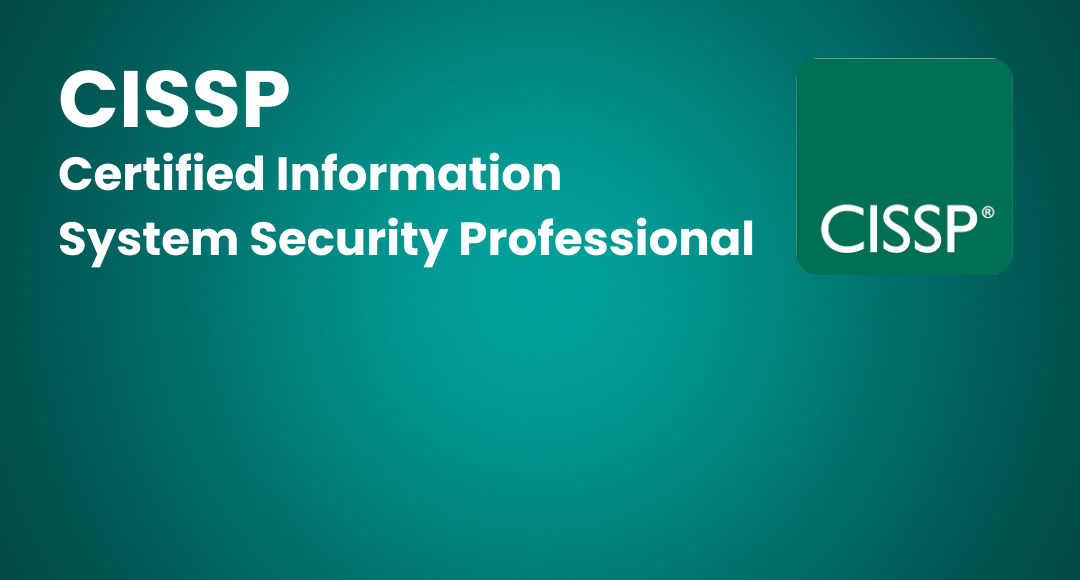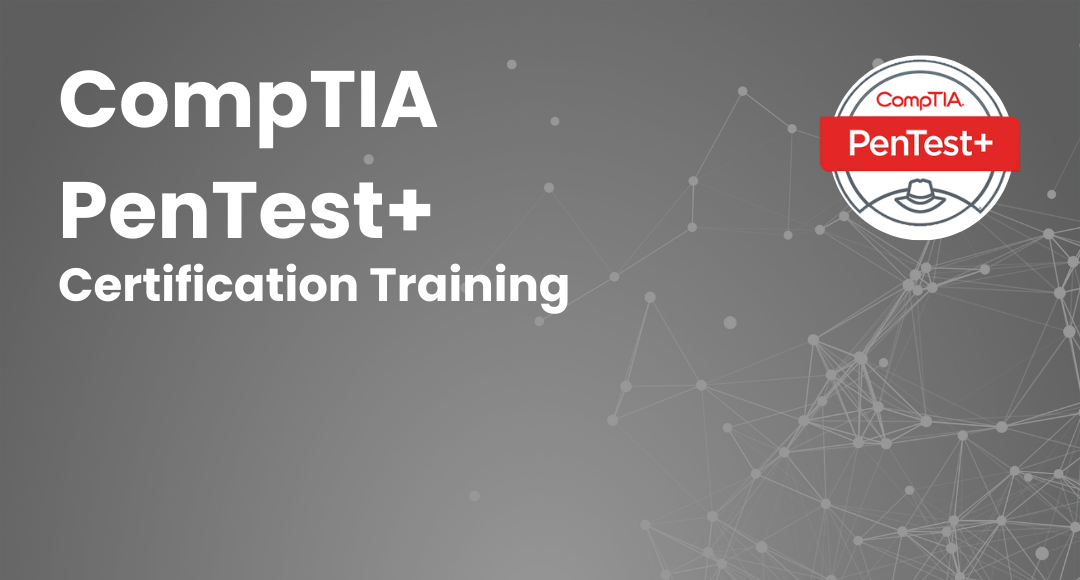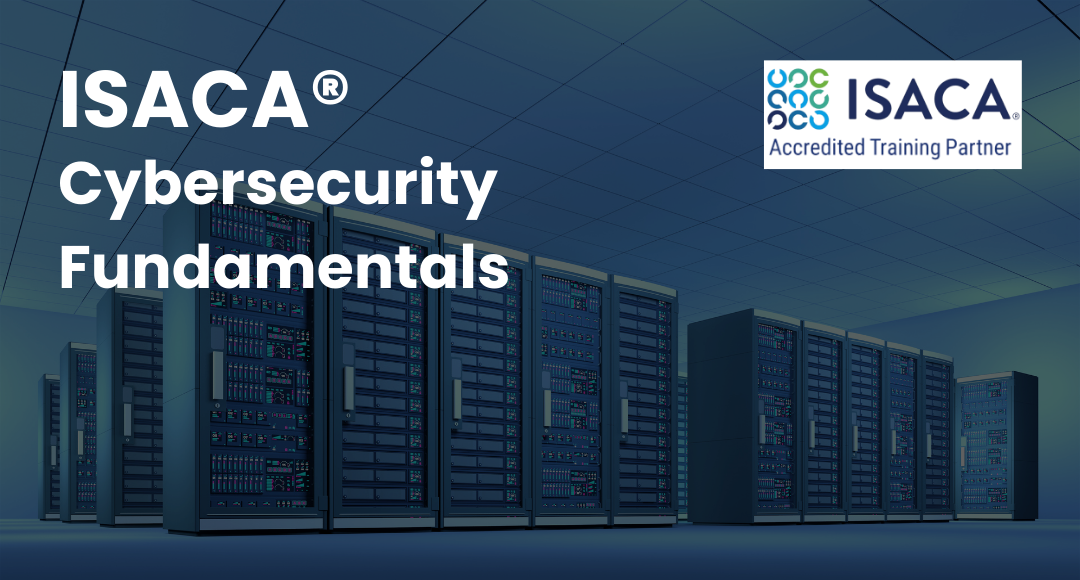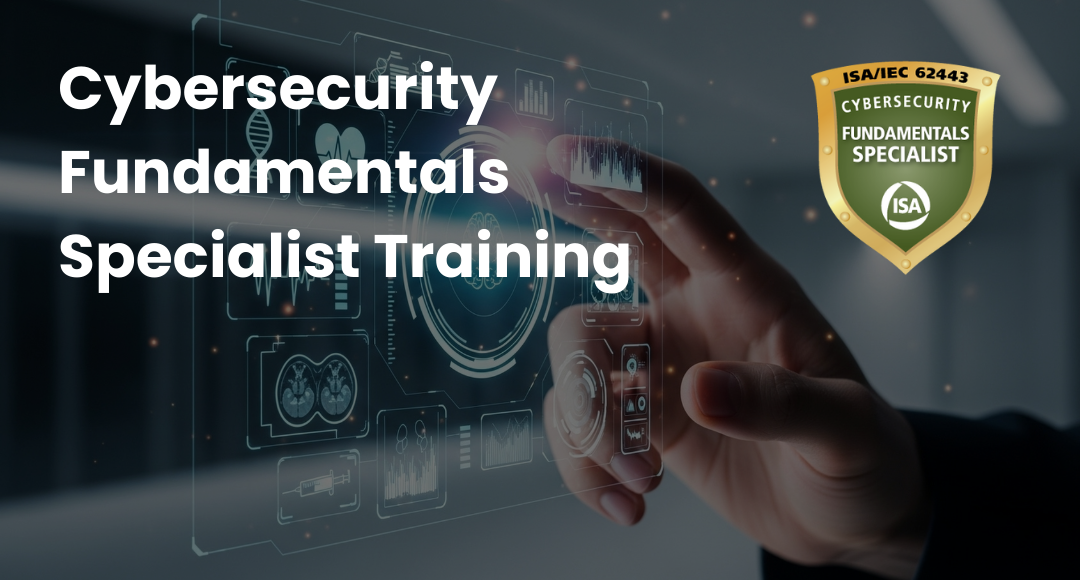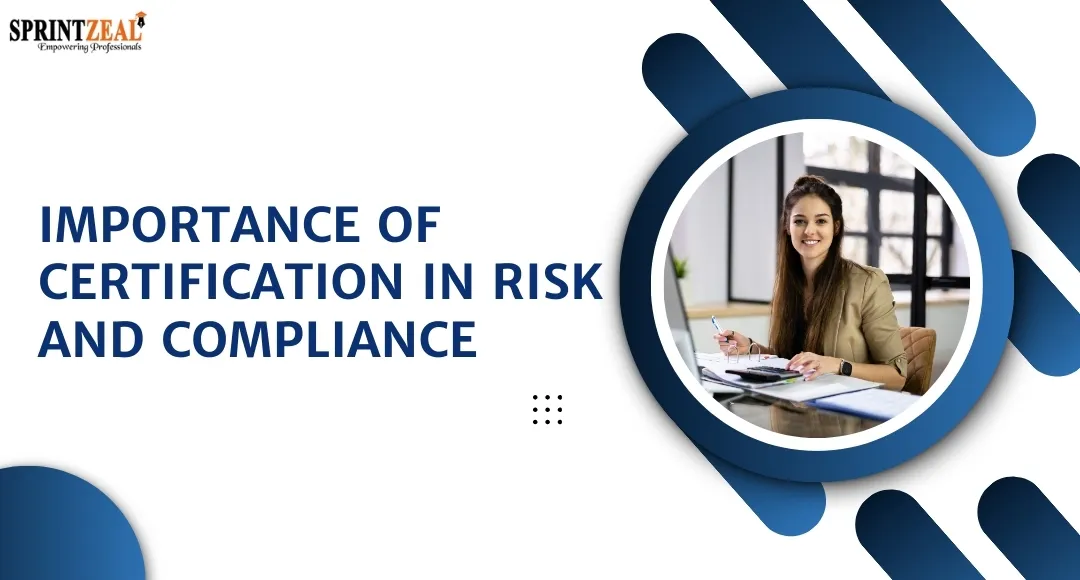Top 20 Cybersecurity Trends to Watch Out for in 2026
-
 By Sushmith
By Sushmith - Published on Aug 18 2023

Table of Contents
Introduction to Cybersecurity Trends
In this ever-growing digital world, the scope for cybersecurity is not seen falling anytime soon. Cybersecurity has become one of the priorities of individuals and organizations. The increase in such cyber attack trends and their sophistication demands a necessary proactive approach to cybersecurity.
Staying updated with cybersecurity trends benefits in gaining valuable insights, understanding evolving risks, and taking proactive measures to secure data.
To stay one step ahead of cybercriminals, it is important to have a comprehensive understanding of the challenges and Cybersecurity Trends. This helps in adapting preventive measures to safeguard personal information, digital identity, and online activities or history of transactions.
Top Cybersecurity Trends to Be Aware Of
Organizations leverage their cybersecurity strategies, strengthen their defense, and secure data and infrastructure from emerging cyber-attack trends and threats. The following are the Top 20 Cybersecurity Trends that must be acknowledged in 2026 to make a better future and secure data.

1. Artificial Intelligence (AI) and Machine Learning (ML) in Cybersecurity:
Booming inventions in machine learning and artificial intelligence make the cybersecurity domain undergo a revolutionary transformation. These cutting-edge technologies and inventions are empowering organizations to detect threats more efficiently, analyze behaviors, and identify anomalies.
By leveraging AI and ML algorithms, businesses can predict security breaches, fortify their security defenses, and respond swiftly to emerging cyber trends and risks, ultimately bolstering their overall security posture.
2. Securing Cloud Environments: Challenges and Solutions for Cloud Security:
As businesses increasingly adopt cloud computing, securing cloud environments becomes paramount. Data breaches, misconfigurations, and unauthorized access present significant challenges for organizations. To safeguard sensitive data and guarantee the integrity and availability of cloud services, it is essential to implement robust cloud security measures. These measures should include strong access controls, encryption, and continuous monitoring.
3. Internet of Things (IoT) Security: Risks and Safeguarding Connected Devices:
The proliferation of IoT devices introduces new security risks. Weak default configurations, lack of security updates, and vulnerabilities in connected devices pose threats to individuals and organizations. Implementing robust IoT security measures, including device authentication, data encryption, and network segmentation, is essential to mitigate risks and protect against unauthorized access or manipulation of IoT systems.
4. Ransomware Attacks: Evolving Tactics by Cybercriminals:
One of the Cybersecurity Trends that has been challenging organizations and is expected to do the same in the future is Ransomware attacks. Irrespective of the domain, organizations continue to face Ransomware attacks with significant threats.
Targeted phishing campaigns, exploit kits, and Ransomware-as-a-service (RaaS) models are a few cultural techniques that Cybercriminals adopt to extort money. To defend against this, organizations must perform regular data backups, security awareness training, up-to-date patching, and network segmentation, which help minimize the impact of Ransomware attacks.
5. Mobile App Vulnerabilities: Ensuring Mobile Device Security
The vast utilization and availability of networking in mobile devices make them a primary target for cyberattacks because of the sensitive data they store. This vulnerability results in data leakage and unauthorized access, posing risks to user privacy and security.
Implementing secure coding practices, regular security assessments, and robust mobile device management solutions are essential to mitigate these vulnerabilities and protect user data.
6. Data Privacy Regulations: Navigating Compliance with GDPR and Beyond
The General Data Protection Regulation (GDPR) imposes strict requirements on organizations for handling personal data. An agreement with these regulations is a must for any organization, irrespective of its domain, to protect user privacy and avoid hefty penalties.
Organizations must implement data protection measures, including data encryption, consent management, and data access controls, to ensure compliance and build trust with their customers.
7. Zero Trust Security Model: Shifting Paradigms in Cybersecurity
The traditional perimeter-based security approach is no longer sufficient in today's evolving threat landscape. The Zero Trust security model emphasizes strict access controls, continuous authentication, and micro-segmentation to enforce security measures at every level.
By assuming that no user or device is inherently trusted, organizations can reduce the risk of unauthorized access and lateral movement within their networks.
8. Identity and Access Management (IAM): Secure Authentication and Authorization
Effective Identity and Access Management is crucial to prevent unauthorized access and maintain data confidentiality. Robust authentication mechanisms, multi-factor authentication, and role-based access controls are key components of a comprehensive IAM strategy.
Implementing these measures ensures that only authorized individuals have access to sensitive data and resources.
9. Supply Chain Security: Safeguarding Against Third-Party Risks
Supply chain security is another Cybersecurity Trend that has gained significant importance as organizations rely on third-party vendors for products and services. A compromised vendor can introduce vulnerabilities, leading to data breaches or supply chain disruptions.
Establishing robust security standards for vendors, conducting thorough risk assessments, and implementing secure communication channels are vital to mitigating supply chain risks.
10. Incident Response and Threat Hunting: Effective Cyber Threat Detection and Response
For Cybersecurity Trends like incident response and threat hunting, it is critical to have a proactive approach in today's cybersecurity domain. Organizations must have well-defined incident response plans, including detection, containment, eradication, and recovery from cyber threats.
Threat-hunting techniques, such as log analysis, network monitoring, and threat intelligence, help identify and mitigate potential threats before they cause significant damage.

11. Endpoint Security Challenges: Securing Remote Devices and Endpoints in Distributed Workforce
With the rise of remote work and the distributed workforce, Cybersecurity Trends like endpoint security have become a critical concern. Organizations must address challenges such as securing remote devices, protecting against malware, and enforcing security policies across different endpoints.
Robust endpoint security solutions, including endpoint protection platforms, encryption, and remote monitoring, are essential to mitigate risks and safeguard sensitive data.
12. Proactive Detection and Patching: Addressing Zero-Day Vulnerabilities:
Cybersecurity Trends like Zero-day vulnerabilities, unknown to software vendors, pose significant risks as they can be exploited by cyber attackers before a patch is available. Proactive detection and patching involve vulnerability scanning, threat intelligence, and timely patch management to identify and remediate vulnerabilities promptly. By adopting a proactive approach, organizations can reduce their window of exposure and protect their systems from zero-day attacks.
By adopting a proactive approach, organizations can reduce their window of exposure and protect their systems from zero-day attacks. Leveraging Netenrich Adaptive MDR Solutions can further strengthen this strategy by correlating threat intelligence with real-time monitoring to detect emerging vulnerabilities quickly.
13. Threat Intelligence: Advanced Analytics for Cyber Threat Mitigation:
Threat intelligence provides valuable insights into emerging threats, attack techniques, and threat actors. By leveraging advanced analytics and threat intelligence platforms, organizations can proactively identify and respond to potential cyber threats.
This proactive approach enables better threat mitigation, enhanced incident response, and informed decision-making to stay one step ahead of adversaries.
14. Security Automation and Orchestration: Efficient Incident Response and Threat Management
Security automation and orchestration streamline incident response processes by automating routine tasks, aggregating security alerts, and orchestrating responses across different security tools. By implementing automation and orchestration solutions, organizations can enhance incident response efficiency, reduce response times, and ensure consistent security practices, ultimately improving their overall threat management capabilities.
15. User Awareness Training: Educating Employees on Cybersecurity Best Practices
Employees play a critical role in maintaining a strong security posture. User awareness training programs educate employees about cybersecurity best practices, such as recognizing phishing emails, using strong passwords, and reporting suspicious activities.
By raising employee awareness, organizations can create a security-conscious culture and significantly reduce the risk of human error-based security incidents.
16. Cloud-Native Security Solutions: Robust Measures for Cloud Environments
As organizations embrace cloud-native architectures and services, they need to implement robust security measures specific to cloud environments. Cloud-native security solutions encompass security controls for containers, serverless computing, and cloud platforms.
Implementing these measures, including identity and access management, encryption, and continuous monitoring, ensures the security and compliance of cloud-based applications and data.
17. Biometric Authentication: Secure User Identification with Biometrics
Smart technologies like Biometric authentication verify the identity of individuals by utilizing unique traits like fingerprints, facial recognition, or voice recognition. This advanced authentication method offers high-level security compared to traditional approaches like passwords.
Biometrics provides a much more reliable means of user identification, reducing the risk of unauthorized access and enhancing overall system security.
18. Privacy-Enhancing Technologies: Protecting Sensitive Data and User Privacy
Privacy-enhancing technologies focus on safeguarding sensitive data and preserving user privacy. Techniques such as data anonymization, differential privacy, and encryption help organizations protect personal information while still extracting valuable insights from the data.
Organizations can demonstrate their commitment to data privacy and comply with regulatory requirements by adopting privacy-enhancing technologies.
19. Quantum-Resistant Cryptography: Safeguarding Against Future Threats
With cybersecurity trends in cryptography and network security, the advancement of quantum computing drives traditional cryptographic algorithms to face potential vulnerabilities. To withstand such attacks from quantum computers, advanced encryption methods are developed using Quantum-resistant cryptography. These encryption algorithms and protocols help organizations ensure long-term security for data and communications. This also takes care of the threats faced by future advancements in quantum computing.
20. Cybersecurity Regulations and Standards: Prioritizing Security Compliance
Governments and industry bodies have established cybersecurity regulations and standards to ensure organizations prioritize security and protect sensitive information. Frameworks such as the NIST Cybersecurity Framework and industry-specific compliance requirements provide guidelines for implementing robust security controls and practices. Compliance with these regulations helps organizations demonstrate their commitment to cybersecurity and mitigate potential risks.
Conclusion
To conclude, understanding these 20 cybersecurity trends will help empower organizations in navigating all complex cybersecurity protocols to secure their firms. This delivers the required knowledge to identify future emerging threats and implement preventive measures.
Staying proactive is the key to maintaining a secure environment. This also allows organizations to stay a few steps ahead of the cybercriminals.
Understanding IT security trends is just one thing but the most crucial part is training employees with necessary skills and adequate knowledge about emerging Information security trends and the Latest trends in cyber security. This creates a culture of secure trends in cybersecurity within the organization.
With this massive growth in cyberattacks, there is also a huge demand for cybersecurity professionals. This not only opens doors for aspirants in this domain but also creates an opportunity for existing employees to switch or upgrade their job roles.
Benefit from new opportunities by getting certified by a reputed and globally recognized credit like Sprintzeal. Get trained by industry experts and obtain a globally recognized certification by enrolling in Sprintzeal’s IT Security Courses.
Take your cybersecurity skills to the next level like a pro with Sprintzeal's industry-leading CISSP Certification Training Course.
Subscribe to our Newsletters
Popular Programs
CISSP® - Certified Information System Security Professional
Live Virtual Training
- 4.4 (964 + Ratings)
- 3k + Learners
CISA® - Certified Information System Auditor
Live Virtual Training
- 4.2 (426 + Ratings)
- 4k + Learners
CISM® - Certified Information Security Manager
Live Virtual Training
- 4.3 (200 + Ratings)
- 21k + Learners
CCSP® - Certified Cloud Security Professional
Live Virtual Training
- 4.7 (964 + Ratings)
- 54k + Learners
Trending Posts
Why Certification in Risk and Compliance Is Critical in Today’s Financial World
Last updated on Dec 29 2025
How JPMorgan Chase Strengthened Security After Facing Cyber Threats
Last updated on Jan 24 2025
How Target Turned a Cyber Crisis into a Lesson for All
Last updated on Jan 2 2025
CISM certification cost and career benefits
Last updated on Aug 3 2022
Cybersecurity Interview Questions and Answers 2026
Last updated on Sep 8 2025
Cyber Attack Statistics and Trends to Know in 2026
Last updated on Aug 9 2023
Categories
- Other 69
- Agile Management 45
- Cloud Computing 56
- Project Management 172
- Big Data 66
- Business Management 88
- Digital Marketing 78
- IT Service Management 29
- Programming Language 58
- AI and Machine Learning 76
- IT Security 112
- Quality Management 78
- IT Hardware and Networking 25
- Microsoft Program 4
- Workplace Skill Building 13
- Risk Management 9
- Information Security 8
- Leadership and Management 9
- Corporate Training and Development 1
Trending Now
Top 5 Compelling Reasons To Get A Cyber Security Certification
ebookHow to Become IT Security Expert with CISSP Certification
ebookTop 20 Reasons You Should Get a CISSP Certification
ebookWhat is CISSP? – Everything about CISSP Certification Explained
ebookPass CISSP Exam - How to Clear CISSP Exam in First Attempt 2026 (UPDATED)
ebookCISSP Certification – Top 25 Career Benefits in 2026
ebookCybersecurity – Everything You Need to Know About it
ebookUpdated Google Certification Training Course list 2026
ArticleWhich Certification is best for Cybersecurity?
ebookWhich Cybersecurity Certification Should I Get First?
ebookCysa+ certification – Should you get it?
ebookList of Top Security Certifications
ArticleEasiest Security Certification to Get
ebookCISM certification cost and career benefits
ebookCybersecurity Fundamentals Explained
ebookISACA Certifications List 2026
ebookCareer Benefits of CISM Certification in 2026
ArticleList of Top Information Security Certifications in 2026
ebookCISM certification cost details
ArticleMitigate the Cyber-Attack Risks with Best Cyber Security Protocols
ebookCybersecurity Interview Questions and Answers 2026
ebookTop Cybersecurity Software Tools In 2026
ebookInformation Security Analyst - Career, Job Role, and Top Certifications
ebookCyber Security Analyst - How to Become, Job Demand and Top Certifications
ebookWhat is Data Security - Types, Strategy, Compliance and Regulations
ebookData loss Prevention in Cyber Security Explained
ebookCybersecurity Controls Explained in Detail
ebookCybersecurity Framework - A Complete Guide
ebookWhat is Cryptography - A Comprehensive Guide
ebookData Leak - What is it, Prevention and Solutions
ebookCybersecurity Career Paths Guide
ebookFuture of Cybersecurity - Trends and Scope
ebookCyber Security Careers and Outlook - 2026 Guide
ebook5 Cybersecurity Predictions in 2026 - Trends and Challenges
ebookScope for Cybersecurity in 2026 - Latest Update
ebookEthical Hacking Career: A Career Guide for Ethical Hacker
ebookApplication Security: All You Need To Know
ebookCybersecurity Roles - Top Roles and Skills to Consider in 2026
ebookHow to Get Cyber Essentials Certified
ebookTop 10 Cyber Security Threats and How to Prevent Them
ebookTop 10 Network Scanning Tools of 2026
ebookCyber Incident Response Plan: A Comprehensive Guide
ebookInformation Assurance Careers - Exploring Career Paths
ebookWhat is the Department of Defense (DoD) Directive 8140
ebookCybersecurity Mesh Architecture: What It Is and How to Build It
ebookWhat is Threat Modeling? Methodologies, Types, and Steps
ebookWhat is Digital Forensics? Types, Process & Challenges
ebookInformation Assurance Model in Cybersecurity
ebookHow to Become an Information Security Analyst Salary, Skills, and More
ArticleList of Top Department of Defense (DoD) Approved 8570 Certification Courses
ebookTop 5 Ransomware Attacks to Watch Out for in 2026
ebookJob Prospects for DoD Certified Professionals: A Pathway to Success in cybersecurity
ebook10 Biggest Data Breaches of the 21st Century
ebookWhat is a Cybersecurity Incident?-Types, Impact, Response Process and More
ebookCyber Security Planning - A Detailed Guide for Risk Mitigation
ebookWhat is Cybercrime? Exploring Types, Examples, and Prevention
ebookRecent Cyber Attacks & Data Breaches in 2026
ebookCybersecurity Strategy: Building a Strong Defense for Business
ebookCybercrime Impacts On Business: 6 Major Effects
ebook5 Types of Cyber Attacks You Should Be Aware of in 2026
ebookCloud Cyber Attacks: Causes, Types, Prevention and Protection
ebookCloud Malware: Types of Attacks and Security Measure
ebookCyber Attack Statistics and Trends to Know in 2026
ebookList Of Top Cybersecurity Threats In 2026
ebookSafeguarding Digital Domain: 10 Most Common Cybercrimes
ebookDemystifying Cloud-Based Cyber Attacks: A Comprehensive Guide
ebookPrevent Cyber Attacks: Strategies to Protect Your Digital Assets
ebookList of Top 10 Cybersecurity Careers in 2026
ebookHow to Become Cybersecurity Engineer
ArticleUnderstanding Risk assessment in audit planning
ArticleFundamentals of Risk-Based Auditing: A Strategic Framework
ArticleRisk-based Audit Planning Guide for Beginners
ebookTop 8 Types of Cybersecurity Jobs and Salary Insights
ArticleA Comprehensive Guide to Building Risk-Based Internal Audit Plan
ArticleRisk-Based Internal Auditing Approaches: 7 Steps to Explore
ArticleCompTIA Security+ 601 vs. 701: Understanding Key Differences
ArticleWhy and How to Perform a Risk-Based Internal Audit
ArticleRisk-Based Auditing Techniques Explained
ebookEvolving Cyber Threats and Vulnerabilities in Cybersecurity Risk Management
ArticleWhat Is Secure Access Service Edge (SASE)?
ArticleHow to Stay Cyber-Secure in Work and Personal Life (Tips and Practices)
ArticleIBM Data Breach: Is IBM Really Breach-Proof?
ArticleTarget Cyber Attack: Key Lessons from the 2013 Data Breach
ArticleLinkedIn User Data Protection Explained
ArticleCanva Data Breach: Best Lessons for Users and Businesses
ArticleHow Did Capital One Respond to Their Major Cyber Incident?
ArticleWhat Innovative Measures Did Reddit Take to Protect User Data?
ArticleHow Does Slack Respond to Security Challenges?
ArticleTwitch Data Breach: Response, Changes, and Key Takeaways
ArticleGuess What Google Did When a Employee Breached Their Firmware
ArticleEthical Hacking Tools: Best Ones for Cybersecurity in 2026
ArticleWhat Happened When Cisco Faced a Cyber Incident?
ArticleWhat Sony Did to Rebuild Trust After a Major Cyberattack
ArticleHow to Handle a Data Breach? Learn from Microsoft!
ArticleCybersecurity Mesh: A New Approach for Security Design
ArticleHow Target Turned a Cyber Crisis into a Lesson for All
ArticleDropbox Data Breach: What Companies Can Learn from It
ArticleHow JPMorgan Chase Strengthened Security After Facing Cyber Threats
ArticleThe Future of Online Security: Trends to Watch in 2026
ArticleLatest Trends in CyberSecurity
ArticleTop 12 Cyber Security Apprenticeships with High Earning Potential in 2026
ArticleEnhancing Safety and Competence in Today's Workplace
ArticlePrivacy at Your Fingertips: How iPhone Users Can Use Tools Securely
ArticleAge Matters: Understanding the Generational Gap in Online Safety Education
ArticleCybersecurity 101: Why Cybersecurity is the Hottest Career Right Now
ArticleWhy Cybersecurity Training Should Be Part of Every Professional's Career Plan
ArticleHow to Protect Your Data When Traveling to Countries Like Malaysia?
ArticleTop Online Master's in Cybersecurity Programs for Working Professionals
ArticleHow AI Detectors Strengthen Cybersecurity in Modern Networks
ArticleHow to Become a Cybersecurity Engineer: Step-by-Step Career Guide
ArticleWhy Certification in Risk and Compliance Is Critical in Today’s Financial World
Article
